Printable PDF - Tessenderlo Group
Printable PDF - Tessenderlo Group
Printable PDF - Tessenderlo Group
You also want an ePaper? Increase the reach of your titles
YUMPU automatically turns print PDFs into web optimized ePapers that Google loves.
‘The acquisition of the two American units has made <strong>Tessenderlo</strong> <strong>Group</strong> a fullyfledged<br />
global operator on the gelatin market. Although both factories only<br />
belonged to the group for nine months, they made a significant contribution<br />
to the results in 2003, which is an outstanding performance.’<br />
Natural Organic Products Turnover<br />
(millions EUR)<br />
– Pharmaceutical and parapharmaceutical industries: for the production of hard and soft capsules;<br />
– Photography: gelatin is used to bind the photoactive silver compounds, and used as well in the various<br />
layers of films, photographical paper and paper of inkjet printers;<br />
– Micro-encapsulation: microscopic capsules which can contain (for example) ink for photocopying paper,<br />
or vitamins which are mixed in animal feed.<br />
By-products of animal origin<br />
2003 2002<br />
Turnover 313 261<br />
(millions EUR)<br />
Ebitda 57 53<br />
(millions EUR)<br />
Tangible investments 25 32<br />
(millions EUR)<br />
Headcount 1,853 1,547<br />
Through its French subsidiary Caillaud, <strong>Tessenderlo</strong> <strong>Group</strong> plays a major role in the collection and treatment<br />
of animal by-products. The annual capacity amounts to 950,000 tonnes.<br />
Caillaud is active in two specific sectors:<br />
94 95 96 97 98 99 00 01 02 03<br />
– As a rendering plant, it handles the collection and treatment of risk waste, which is primarily used as an<br />
energy source by the cement industry. This activity accounts for 36% of the turnover, and is a public<br />
service, for which Caillaud is paid by the French State;<br />
– The valorisation of animal materials, originating from animals that are fit for human consumption, into<br />
• degreased bones for the production of gelatins;<br />
• proteins and animal fats for use in pet food;<br />
• fats for the soap industry and lipochemistry;<br />
• frozen processed animal by-products for the production of ‘moist’ pet food.<br />
350<br />
300<br />
250<br />
200<br />
150<br />
100<br />
50<br />
0<br />
313<br />
47



![Slides [PDF, 378.59 Kb] - Tessenderlo Group](https://img.yumpu.com/49205668/1/190x143/slides-pdf-37859-kb-tessenderlo-group.jpg?quality=85)
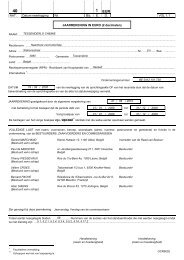
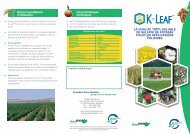
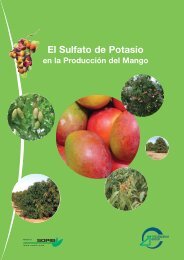
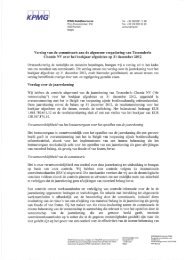

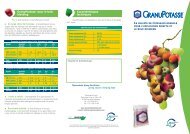
![Investor Seminar Presentation [PDF, 997.72 Kb] - Tessenderlo Group](https://img.yumpu.com/45992427/1/190x143/investor-seminar-presentation-pdf-99772-kb-tessenderlo-group.jpg?quality=85)
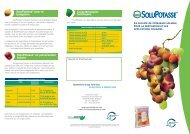
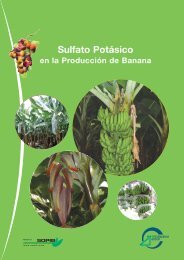
![Talking SOP May 2013 [PDF, 735.49 Kb] - Tessenderlo Group](https://img.yumpu.com/41045284/1/184x260/talking-sop-may-2013-pdf-73549-kb-tessenderlo-group.jpg?quality=85)
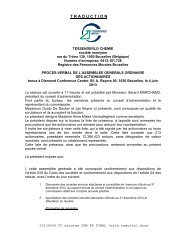
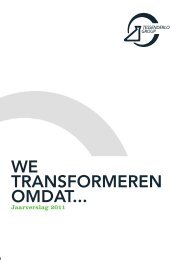
![Talking SOP September 2012 [PDF, 673.84 Kb] - Tessenderlo Group](https://img.yumpu.com/37691694/1/184x260/talking-sop-september-2012-pdf-67384-kb-tessenderlo-group.jpg?quality=85)
![Annual Report 2008 English [PDF, 2.69 MB] - Tessenderlo Group](https://img.yumpu.com/37691533/1/184x260/annual-report-2008-english-pdf-269-mb-tessenderlo-group.jpg?quality=85)